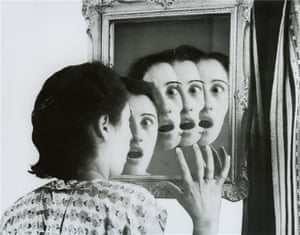
Female faces of photography: masterworks at Paris Photo – in pictures
From proto-feminist portraits to avant garde collage, these works blazed trails for women photographers throughout the 20th century
Alice Lex-Nerlinger: Race-Driver, Berlin, 1926
These powerful images from female photographers stretch across different photographic disciplines and eras – and they are all showing at the 26th edition of Paris Photo. Alice Lex-Nerlinger belonged to the avant garde of the Weimar Republic, producing socially critical collages and photograms that include themes of heroism and man and machine. Kicken Berlin will show Lex-Nerlinger within Sheroes of Photography. Paris Photo runs until 12 November 2023Photograph: Estate of Alice Lex-Nerlinger/Courtesy Kicken Berlin
Tokuko Ushioda: From the series Heading Into Town, 1974/75
Tokyo based photographer Tokoku Ushioda captured young women coming into the city for this series. Ushioda was the recipient of the Domon Ken award, the Photographic Society of Japan’s lifetime achievement honour and the Higashikawa International Photo festival’s domestic photographer award in 2018Photograph: Tokuko Ushioda/Courtesy PGI
Genevieve Naylor: Sabine models Claire McCardell designs, Harper’s Bazaar, 1946
Genevieve Naylor was born in New York and studied photography under Berenice Abbott before becoming her apprentice. In 1940 Naylor relocated to Brazil where she recorded a virtual day in the life photomontage of all aspects of Brazilian society. Naylor’s work was shown at New York’s Museum of Modern Art. Alexey Brodovitch, Harper’s Bazaar’s art director, saw Naylor’s exhibition and hired her as a fashion and reportage photographer for the magazinePhotograph: Genevieve Naylor/RAP (Reznikoff Artistic Partnership), Courtesy Augusta Edwards Fine Art
Pilar Aymerich: Housekeeper in the Eixample Courtyard, Barcelona, 1972
Pilar Aymerich was born in Barcelona and after working abroad for years returned to the city to work professionally, contributing to publications such as Serra d’Or, Destino, Triunfo, la Calle and El Pais. Most of her work is published in black and white as a connection to classical jounalism. In 2018, the Reina Sofia National Art Museum acquired part of her back catalogue. In 2021, she won the National Photography awardPhotograph: Pilar Aymerich/Courtesy of RocioSantaCruz
Grete Stern: Sueño Nro 7, Quien Será, 1949
From the series Suenos (Dreams), these photomontages were produced by Grete Stern for a weekly women’s magazine Idilio, from 1948 to 1951. The images were commissioned to illustrate the column El Psicoanålisis Le Ayudará (Psychoanalysis Will Help You)Photograph: The Estate of Grete Stern/Courtesy of Galería Jorge Mara - La Ruche
Janine Niepce: La vogue des bandes dessinées, France, 1956
Janine Niepce was one of France’s first photojournalists. Initially freelance, she went on to join Rapho press agency in 1955, alongside other humanist photographers including Robert Doisneau and Willy Ronis. She was a distant relative of Nicéphore Niépce, one of photography’s pioneersPhotograph: Janine Niepce/Roger-Viollet, Courtesy Polka Galerie
Helen Levitt: New York, 1971
One of the most influential street photographers of the 20th Century, Helen Levitt spent decades documenting local communities in her native city, capturing everyday city life in neighbourhoods such as the Lower East Side, Bronx and Spanish HarlemPhotograph: Helen Levitt/Courtesy Galerie Thomas Zander, Cologne
Lotty Rosenfeld: Una milla de cruces sobre el pavimento (White House), 1985
A mile of crosses on the pavement. A 1985 art action at the presidential Palace La Moneda, Santiago. One of the most significant Chilean artists of her generation, Lotty Rosenfeld is best known as a founding member of Cada (Colectivo Acciones de Arte) and for an incisive solo practice that interrogated power and the occupation of public space during the dictatorship of General Augusto PinochetPhotograph: Lotty Rosenfeld/Courtesy Ediciones Puro Chile
Jill Freedman, Untitled (Police officer), 1968
Jill Freedman tagged along with the New York Police Department as they arrested burglars, picked up stray kids and kicked down doors. See more of her NYPD street cops herePhotograph: Jill Freedman/Courtesy Stephen Bulger Gallery
Sarah Moon, KP pour Yohji Yamamoto, 1998
Sarah Moon began her career as a fashion model in the 1960s. Since 1968, she has worked as a fashion photographer and film-maker. Her work has been published in Vogue, Harper’s Bazaar, Marie-Claire, Life and numerous other magazines. Moon won the International Center of Photography’s Infinity award for applied photography in 1985 and the Grand Prix National de la Photographie in 1995. She lives and works in ParisPhotograph: Sarah Moon/Courtesy Michael Hoppen Gallery
Ringl and Pit (Grete Stern and Ellen Auerbach), Komol, 1931
Grete Stern and Ellen Auerbach met while studying at the Bauhaus under the renowned photographer, mathematician and philosopher Walter Peterhans. In 1929 the fellow students opened a Berlin-based photography studio called ringl + pit, named after their childhood nicknames (Grete: ring; Ellen: pit). The duo created innovative, proto-feminist portraits and commercial assignments that defied the conventional German style of the timePhotograph: ringl+pit/The Estate of Grete Stern/Courtesy of Galería Jorge Mara - La Ruche
Erna Lendvai-Dircksen: Untitled (Girl, Amrum Island), ca. 1932-39
Originally studying painting at the Kassel art academy, Erna Lendvai-Dircksen learned photography at Berlin’s Lette-Verein before opening her own studio in 1913. After the early days of the Berlin studio, Lendvai-Dircksen pursued her studies of typological portraits throughout GermanyPhotograph: Erna Lendvai-Dircksen Estate/Courtesy Kicken Berlin
Wendy Ewald, Johnny watching television, 1981
Wendy Ewald is an American photographer and teacher. Ewald has collaborated on photography projects with children, families, women, workers and teachers. Her projects start as documentary investigations and move on to probe questions of identity and cultural differences. Her work is in the collections of Detroit Art Institute, Metropolitan Museum of Art, Duke University, Rhode Island School of Design and Whitney Museum of American Art, among othersPhotograph: Wendy Ewald/Courtesy Stephen Bulger Gallery
Melissa Shook: From the series Daily Self-Portraits, 1973
Melissa Shook was an American photographer, videographer, writer and teacher based in Massachusetts, best known for her self and family portraits and documentary-style photography humanising marginalised people such as immigrants, the elderly and the homeless. She was a pioneer in exploring identity, motherhood and interracial families, channeling the spirit of creative freedom and attending the rise of feminism in the 1960s and 1970sPhotograph: Melissa Shook/Kristina Shook & The Estate of M. Melissa Shook, Courtesy L Patinoiree Royale Gallery Val Bach / Miyako Yoshinaga
Barbara Crane: From the series Beaches and Parks, Chicago, 1977
Barbara Crane was born in Chicago, studied photography in California and completed her art history degree at New York University. She began teaching photography in 1964 and in 1967 joined the faculty at the prestigious School of the Art Institute of Chicago. For this series Crane focused her lens on the local population at leisure in the beaches and parks in the spring and summer from 1972-1978Photograph: Barbara B. Crane Trust/Courtesy La Galerie Rouge
Martine Barrat: These are the breakers, Block Party, Harlem, 1984
Martine Barrat is a French photographer and videographer. Barrat moved to New York in 1968 and has worked extensively in the ares of South Bronx and Harlem, including the work Harlem in My Heart, presented at the Maison Européenne de la Photographie. This image was named photo of the year in Life magazinePhotograph: Martine Barrat/Courtesy La Galerie Rouge
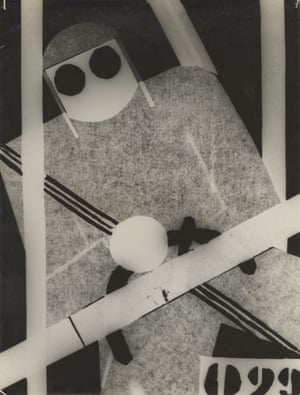
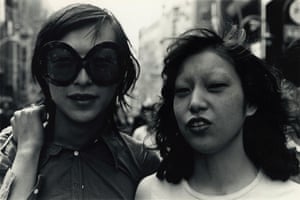
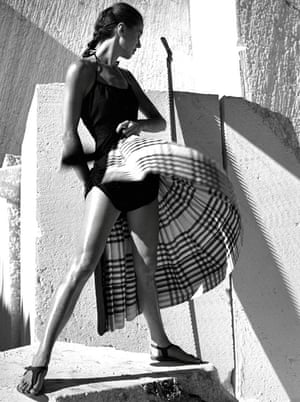
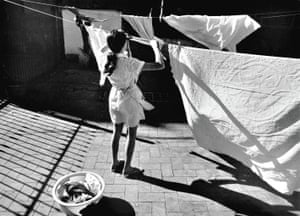
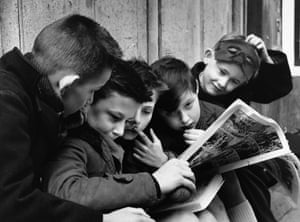
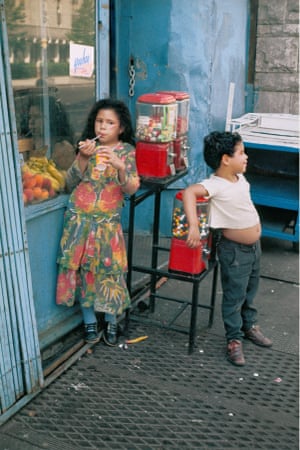
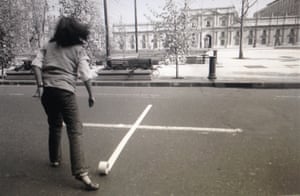
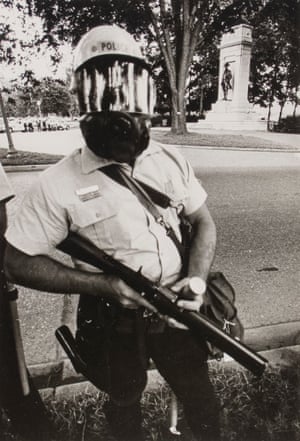
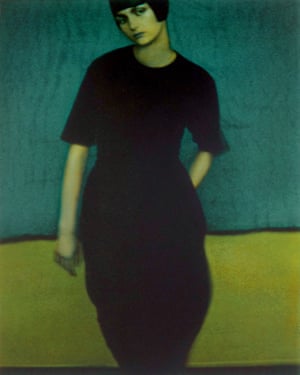
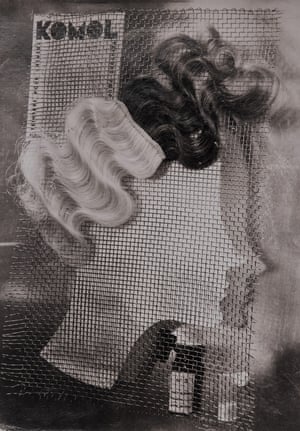
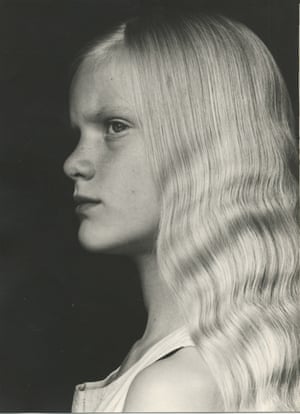

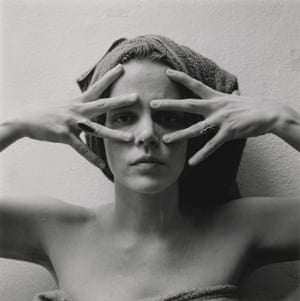
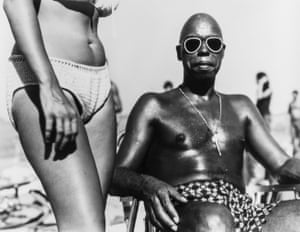
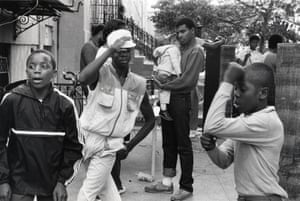
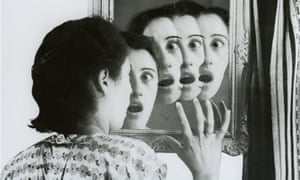
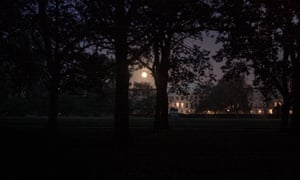



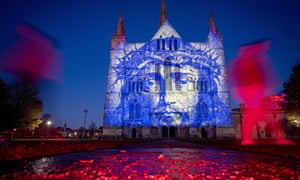

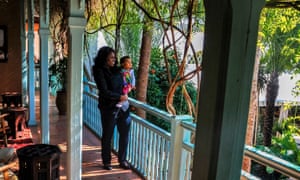
No comments:
Post a Comment